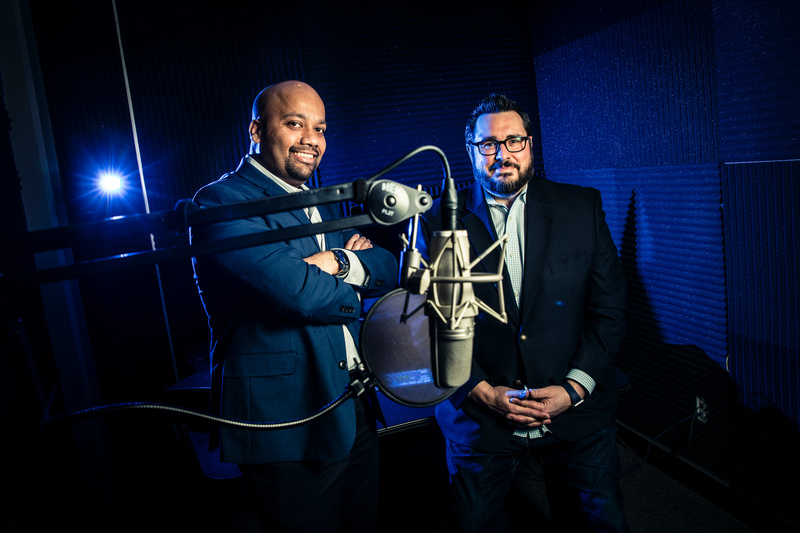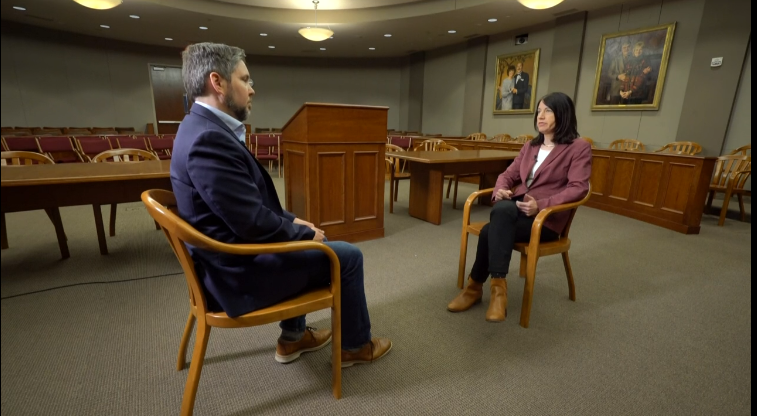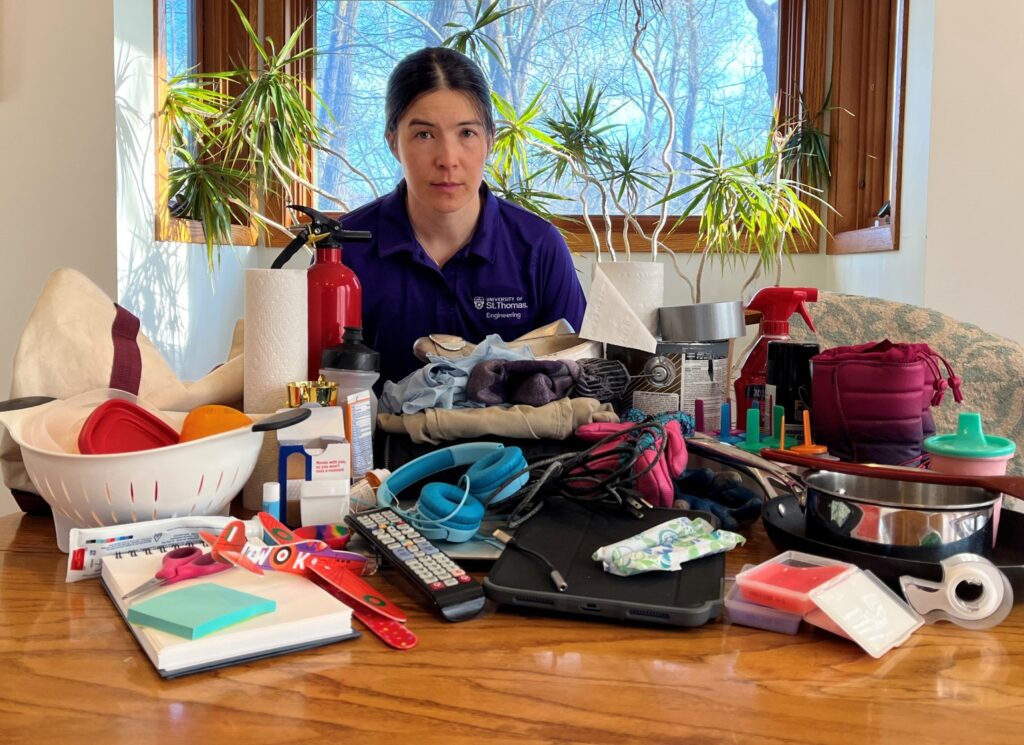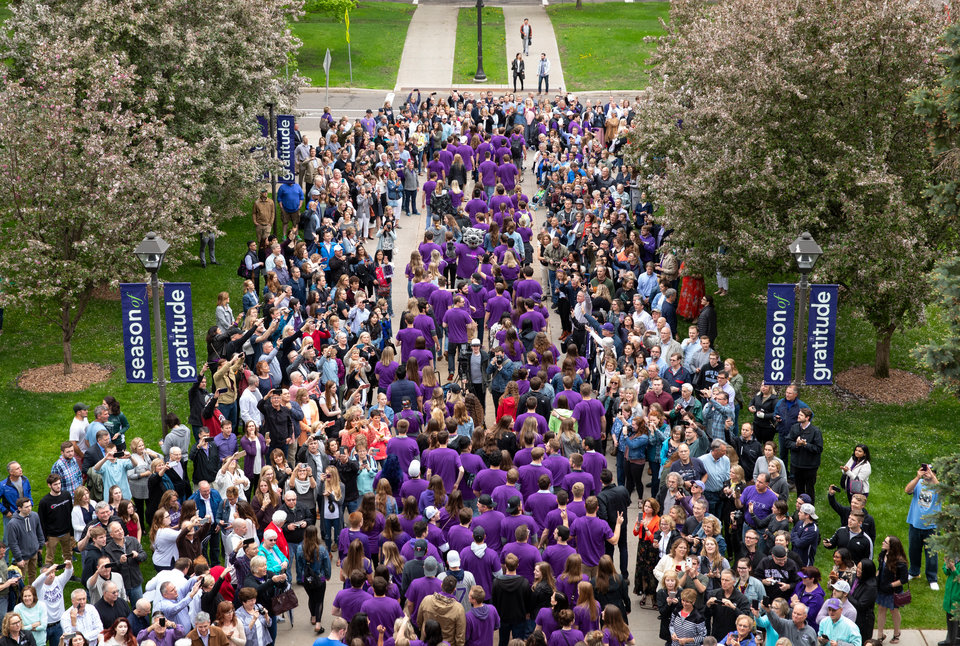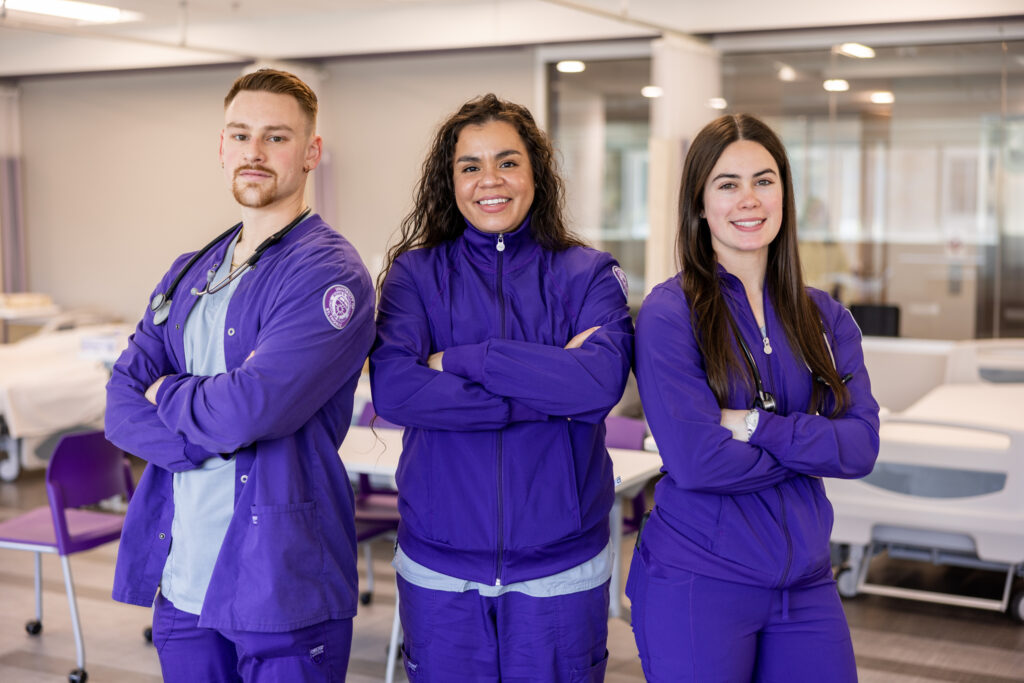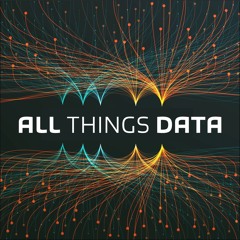
In the ever-evolving technology landscape, data analytics and data strategy continues to play a larger role in economics and business models. Director of the Center for Applied Artificial Intelligence at the University of St. Thomas, Dr. Manjeet Rege, co-hosts the “All Things Data” podcast with adjunct professor and Innovation Fellow Dan Yarmoluk. The podcast provides insight into the significance of data science as it relates to business models, business economics, and delivery systems. Through informative conversation with leading data scientists, business model experts, technologists, and futurists, Rege and Yarmoluk discuss how to utilize, harness, and deploy data science, data-driven strategies, and enable digital transformations.
Rege and guest co-host Tom Marlow (chief technology officer of Black Hills IP) spoke with Dean Alderucci about patent analytics and the insight generated regarding innovation and momentum of advanced technologies. Alderucci is the director of research for the Center of AI and Patent Analysis at Carnegie Mellon University. He has a background in academia, having taught graduate courses in innovation strategy, natural language processing, and IP across several leading universities. In addition, Alderucci is a patent attorney and former COO and chief IP counsel for a global financial services company, so he’s got a very interesting and diverse background. Here are some highlights from their conversation.
Q. Can you talk about some use cases in the IP world where AI can be utilized?
A. There are several common and well-developed use cases. Starting with the patent field, there’s a lot of good work in classifying patents, and specifically the technology that the patent deals with. For example, if you’re one of the world’s patent offices and you receive hundreds of thousands of patent applications a year, you want to sort them by technology so you can deliver the right kinds of patents to the right people, i.e., there are internal specialists for computer science, biotech, etc., and they will read a subset of the patents that relate to their field of expertise. Outside of the IP offices of the world, it’s also very important to classify patents by technology if you own a large patent portfolio and want to keep abreast of developments in the field, keep abreast of developments by your competitors, etc. So, this ability of AI to classify patent documents into a technical category is a very well trafficked use case.
Q. What are your thoughts on clustering type analyses and how well ML can do with patent documents just by being given a company’s portfolio or maybe two companies’ portfolios?
A. In the patent field it’s certainly one of the most common use cases. You might hear it called patent clustering, patent segmentation, or patent landscaping, but essentially, you’re putting together a figure or graph of what the set of patents might look like, e.g., clustered by the type of technology. Clustering is great, but it begs the question, ‘What way are you clustering?’ Specifically, when you cluster, you (the human) are deciding which inputs to give the computer for each of these things you want to be clustered, and how do you tell it to measure similarity between these things?
Listen to their conversation here:
